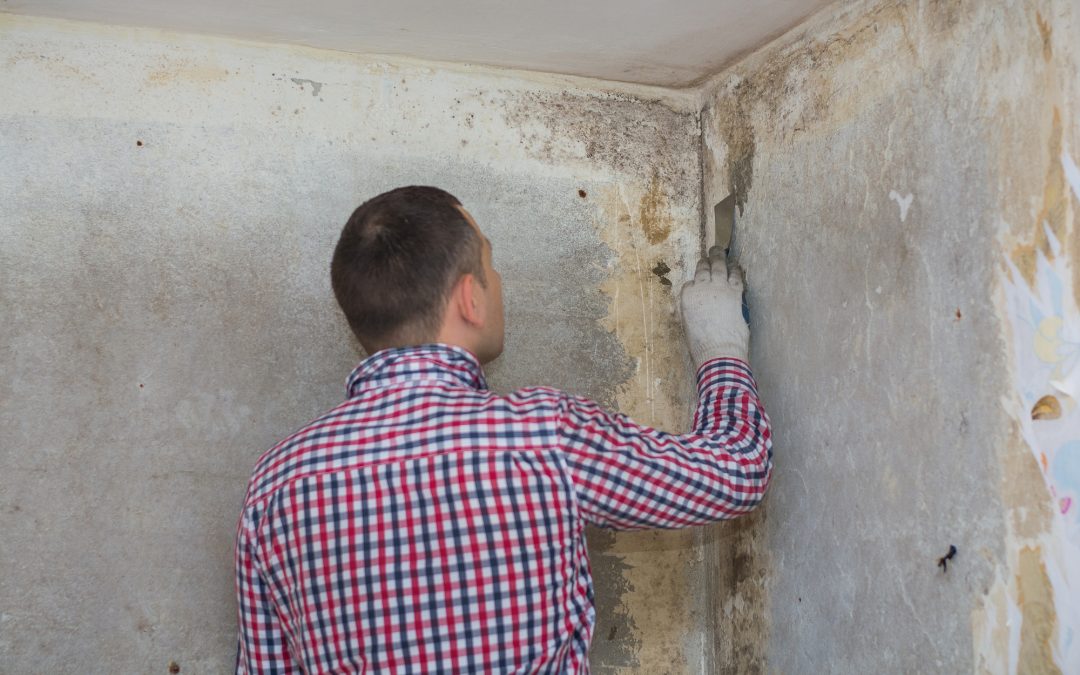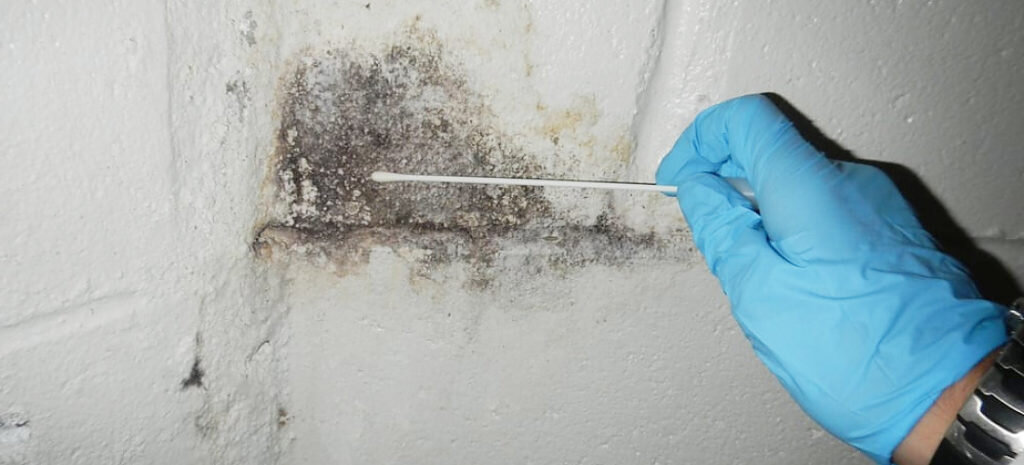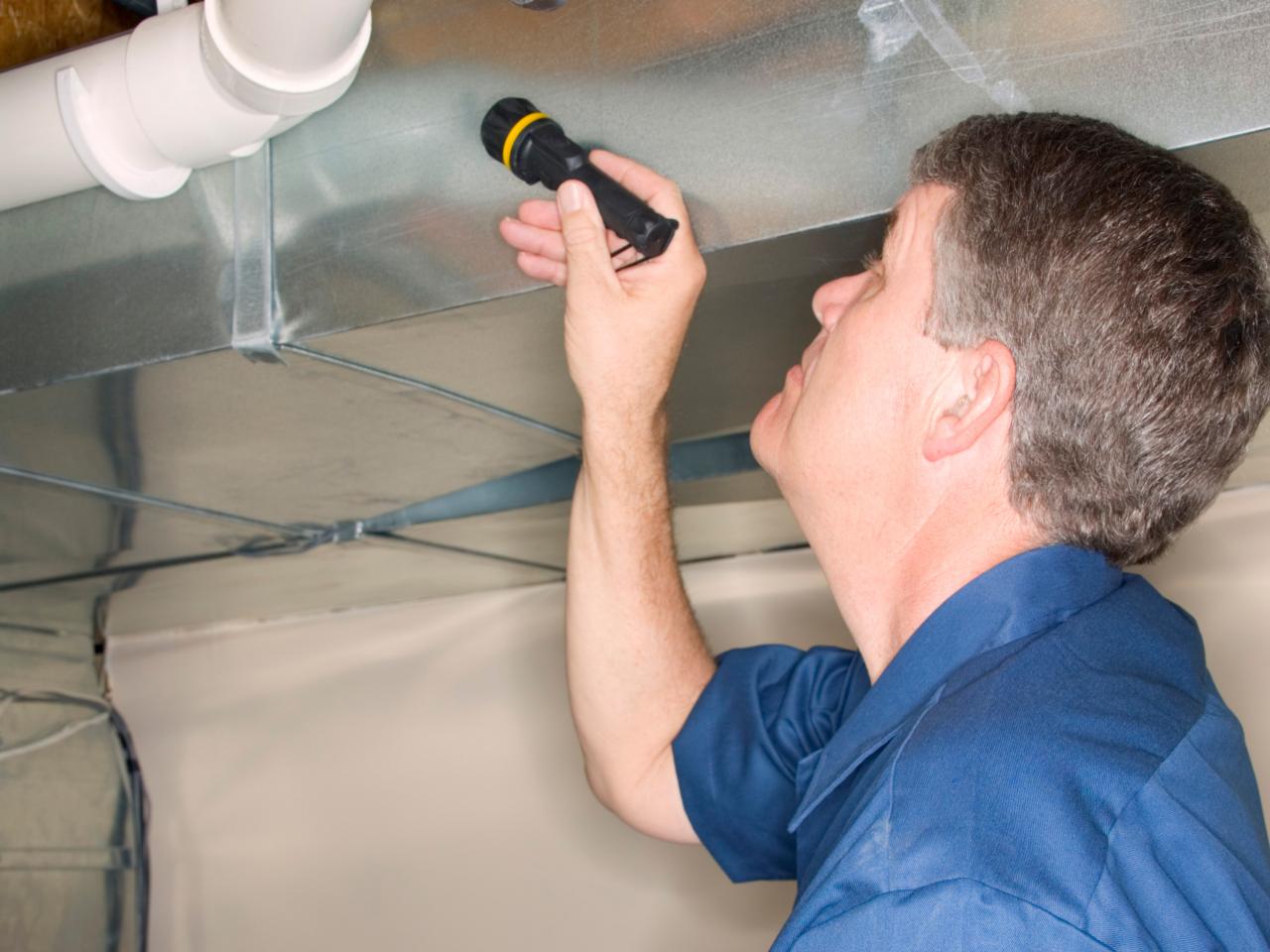Your Ultimate Overview to Blog Post Mold Remediation Strategies
Browsing the realm of post-mold remediation techniques is a thorough procedure that demands interest to detail and a detailed understanding of the ins and outs included. In the after-effects of mold and mildew invasion, knowing how to properly eliminate the mold and prevent its reoccurrence is extremely important for keeping a healthy indoor environment. From picking the right cleaning and sanitizing methods to implementing methods for lasting mold and mildew avoidance, each action in the remediation trip plays a crucial duty in ensuring a successful end result. As we start this expedition of post-mold remediation techniques, we will reveal the crucial strategies and best methods that can assist you restore your room to its pre-mold condition and safeguard it versus future mold and mildew threats.
Understanding Post-Mold Removal Refine
After finishing the mold and mildew removal procedure, it is vital to comprehend the post-mold remediation methods that are needed to guarantee a efficient and complete clean-up. When the mold has been eliminated, the following action entails cleansing and sanitizing the impacted areas to stop any type of regrowth of mold. This consists of utilizing specialized cleaning up agents to wipe down surface areas and eliminate any staying mold spores. It is vital to dry the area totally to discourage the development of mold in the future (Post Remediation Inspection near me). Proper air flow and dehumidification can help in this process.
Additionally, carrying out a final assessment post-remediation is crucial to ensure that all mold has actually been effectively eradicated. If the assessment reveals any sticking around mold, additional removal might be needed.
Reliable Cleaning and Disinfecting Approaches

Stopping Future Mold And Mildew Growth

Importance of Proper Air Flow
Proper air flow plays an important role in stopping wetness build-up, a crucial consider mold development within indoor environments. Efficient air flow systems aid remove excess moisture from the air, decreasing the chances of mold and mildew spores finding the dampness they need to germinate and spread. Without appropriate ventilation, interior spaces can come to be a breeding place for mold and mildew, bring about prospective health dangers and architectural damage.
By ensuring correct air circulation, air flow systems can additionally help in drying out wet areas much more promptly after water damage or flooding incidents, even more hindering mold and mildew development. After mold remediation. Precede like bathrooms, basements, attics, and kitchens where dampness levels tend to be higher, installing and preserving reliable ventilation systems is vital in preventing mold infestations

Surveillance and Upkeep Tips
Offered the essential duty that proper ventilation plays in stopping mold and mildew development, it is necessary check my reference to establish effective monitoring and maintenance tips to ensure the ongoing capability of air flow systems. Surveillance moisture degrees within the residential or commercial property is additionally critical, as high moisture can add to mold and mildew development. By remaining alert and aggressive to the problem of ventilation systems, building proprietors can properly alleviate the threat of mold and mildew regrowth and keep a healthy interior setting.
Conclusion
In conclusion, post-mold removal strategies are necessary for making certain a tidy and secure environment. Recognizing the procedure, applying reliable cleansing and sanitizing methods, protecting against future mold and mildew growth, maintaining correct air flow, and regular surveillance are all critical actions in the removal process. By adhering to these guidelines, you can efficiently remove mold and mildew and prevent its return, working or promoting a healthy living area for all residents.
In the results of mold infestation, understanding how click this site to successfully eradicate the mold and mildew and prevent its reoccurrence is extremely important for keeping a healthy interior setting. When the mold and mildew has actually been eliminated, the following step includes cleansing and decontaminating the impacted areas to protect against any type of regrowth of mold - Post Mold Remediation Report. After getting rid of visible mold development, it is crucial to clean all surfaces in the afflicted location to eliminate any type of staying mold and mildew spores. To further improve mold and mildew avoidance actions, it is necessary to deal with underlying problems that originally led to mold and mildew growth.Given the important role that proper ventilation plays in protecting against mold and mildew growth, it is important to develop efficient tracking and upkeep pointers to make sure the continued performance of air flow systems
Comments on “Crafting a Detailed Post Mold Remediation Report”